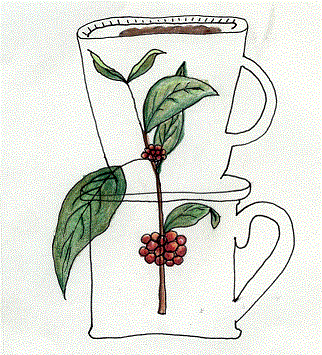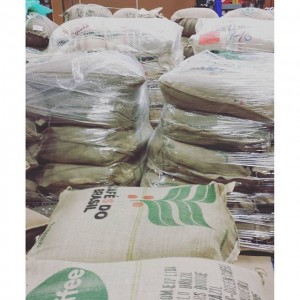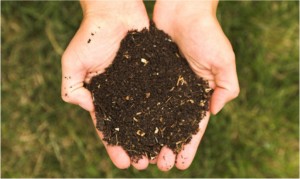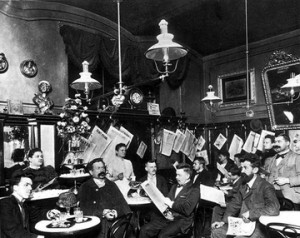Coffee as we know it today dates back to the 13th century where Sufi monks would roast the beans and consume it for its stimulant effects. The coffee bean however was originated in Ethiopia. It is thought that the coffee tree did not exist outside Arabia or Africa tell the 1600s. The drink reached Europe in the mid 1600s and immediately became popular in cafes. Coffee didn’t reach America tell the late 1700s and wasn’t very popular tell after the Boston Tea Party (1773.) From that moment on it became patriotic to not drink tea: so though America was slower to get the commodity, it took off just as fast as everywhere else. By the late 1800s coffee was an item traded worldwide. In 1864 the Arbuckle brothers started roasting and selling pre packaged pounds of coffee to the general public. As the industrial Revolution started to kick into gear factory workers would survive mainly on coffee and bread. Coffee would provide an illusion of nutrition and would be used as a substitute for food. They also used the stimulant effect of the coffee to become used to the fast paced new city lifestyle.
Written by Alex. (Sources cited on Bibliography page.)



